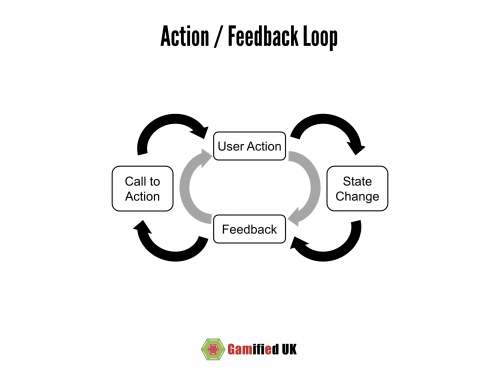

Department of Agriculture declared a natural disaster over 2,245 counties, 71 percent of the United States. At the height of the 2012 drought, the U.S. Agriculture: Droughts affect livestock and crops, including corn, soybeans, and wheat.Droughts may lead to higher water costs, rationing, or even the decimation of important water sources like wells, as a drought did in a rural California community in 2021. During droughts, communities may have limited access to water for household use, including drinking, cooking, cleaning, and watering plants, as well as for agriculture, transportation, and power generation. Water supply: Droughts are defined by their lack of available water.These historic examples serve as guideposts to highlight our vulnerabilities to drought as we move into a warmer and, in some places, drier future. Paleoclimate studies show major droughts in the distant past, with more recent dry periods still within living memory, such as the Dust Bowl of the 1930s or the drought of the 1950s. The United States is historically susceptible to drought. In the West, drought has continued and intensified in 2021, and has been exacerbated in the Pacific Northwest by record heat. Nationwide, conditions reached their peak in December 2020, when the greatest extent of land since 2012 was under extreme drought conditions. The intense drought and heat combined to wither vegetation, intensifying Western wildfires that burned record acreage. 2020 saw widespread, prolonged drought that was exacerbated by heat waves in more than a dozen Western and Central states. At the peak of the 2012 drought, the most extensive drought since the 1930s, an astounding 81 percent of the contiguous United States was under at least abnormally dry conditions.Ĭalifornia experienced a particularly drawn-out drought from December 2011 to March 2019, broken in part by the wettest winter in the United States.

droughts have been the most expansive in decades. In some areas, droughts can persist through a vicious cycle, in which very dry soils and diminished plant cover absorb more solar radiation and heat up, encouraging the formation of high pressure systems that further suppress rainfall, leading an already dry area to become even drier.However, at the global scale, scientists are confident that relatively wet places, such as the tropics and higher latitudes, will get wetter, while relatively dry places in the subtropics (where most of the world’s deserts are located) will become drier. Estimates of future changes in seasonal or annual precipitation in a particular location are less certain than estimates of future warming, and are active areas of research.For example, the Southwestern United States has already seen a decrease in annual precipitation since the beginning of the 20 th century, and that trend is expected to continue.Climate change is making certain regions drier.This creates the need for expanded water storage during drought years and increased risk of flooding and dam failure during periods of extreme precipitation. Some climate models find that warming increases precipitation variability, meaning there will be more periods of both extreme precipitation and drought.Because snow acts as a reflective surface, decreasing snow area also increases surface temperatures, further exacerbating drought. Likewise, certain ecosystems also depend on snowmelt, which supplies cold water for species like salmon. This is because many water management systems rely on spring snowpack melt. Decreased snowpack can be a problem, even if the total annual precipitation remains the same.Warmer winter temperatures are causing less precipitation to fall as snow in the Northern Hemisphere, including in key regions like the Sierra Nevada of California.Climate change is also altering the timing of water availability.This makes periods with low precipitation drier than they would be in cooler conditions.



 0 kommentar(er)
0 kommentar(er)
